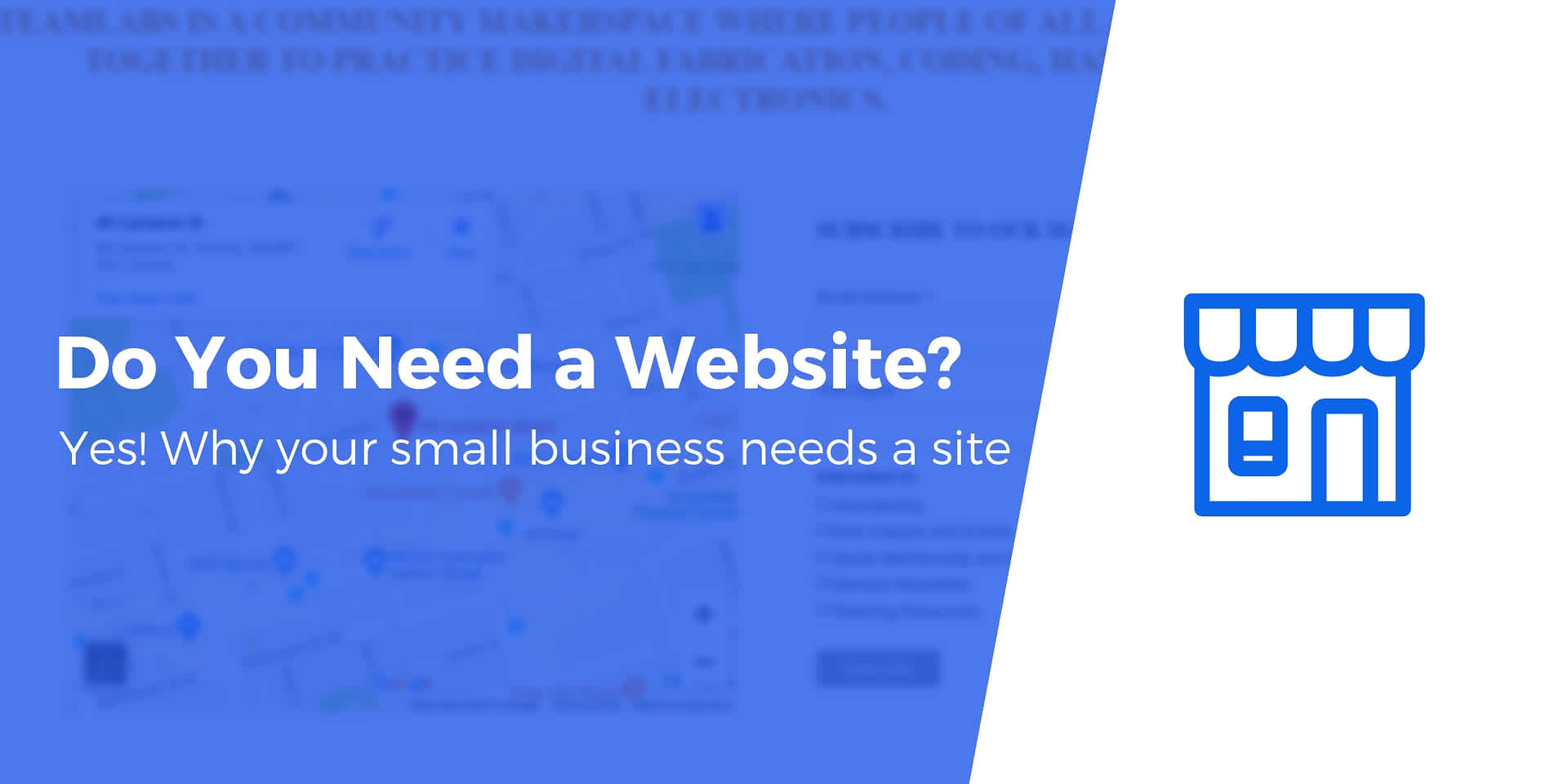Scalability is a crucial factor for the success of web applications. Building a web application is an exciting endeavor, but it comes with its own set of challenges.
As the user base grows and demands increase, scalability becomes crucial. Here we will show some of the key considerations and best practices for building scalable web applications that can handle high traffic, deliver optimal performance, and provide a seamless user experience.
Choosing the Right Technology Stack
Selecting the right technology stack is vital for building scalable web applications. Consider leveraging Gatsby.js, Next.js, or Angular for frontend development, and Node.js or Django for backend development. These frameworks have proven to be scalable and robust, with a large community of developers and extensive documentation.
Designing a Scalable Architecture
Understand your application's scalability requirements
Use a modular and decoupled architecture
Employ horizontal and vertical scaling techniques
Will architecting for scalability soon become a lost art? David Linthicum tries to leverage more into this in his blog post "Forgotten Cloud Scaling Tricks".
A well-designed architecture is the foundation of a scalable web application. Implement a modular architecture, such as the Model-View-Controller (MVC) or Microservices architecture, to separate concerns and facilitate scalability. Additionally, consider incorporating cloud services like AWS or Google Cloud Platform to leverage their scalability features .
When it comes to designing for scalability, companies like Google have set the bar high to be prepared for what holds the future of software development. Their infrastructure, powered by technologies like Kubernetes and microservices, enables them to handle massive amounts of traffic and ensure high availability. Learn from their experiences and explore how you can apply similar principles to your web application.
Efficient Database Design
Normalize your database schema
Optimize queries and indexes
Implement caching strategies
Choose a database system that can handle large datasets and high concurrency. Consider using NoSQL databases like MongoDB or DynamoDB for their horizontal scalability and flexibility.
Utilizing Load Balancing and Caching
Distribute traffic across multiple servers using load balancers
Leverage content delivery networks (CDNs) for static assets
Implement caching mechanisms for frequently accessed data
Implementing caching mechanisms and leveraging CDNs can significantly improve the performance and scalability of your web application. Use tools like Redis or Memcached for in-memory caching and CDN services like Cloudflare or Akamai for faster content delivery. Some of the best strategies are mentioned in this nice article by Daria Karasek, "Scaling Applications: Best Practices and Strategies"
Monitoring and Performance Optimization
Set up performance monitoring tools
Identify bottlenecks and optimize critical areas
Continuously test and fine-tune your application
Ensuring High Availability and Fault Tolerance
Implement redundancy and failover mechanisms
Use distributed systems and replication
Plan for disaster recovery
For a deeper introduction to Hight Availability Architecture you can check out this nice article in filecloud: "An Introduction to High Availability Architecture"
Conclusion
Building scalable web applications requires careful planning, thoughtful architecture design, and the use of appropriate technologies and practices. By considering these key factors and leveraging the right tools and frameworks, you can ensure that your web application is ready to scale as your user base grows. By learning from the experiences of industry leaders and incorporating insights from reputable blog posts, you can create web applications that can handle increasing demands, maintain optimal performance, and provide a seamless experience to your users.




